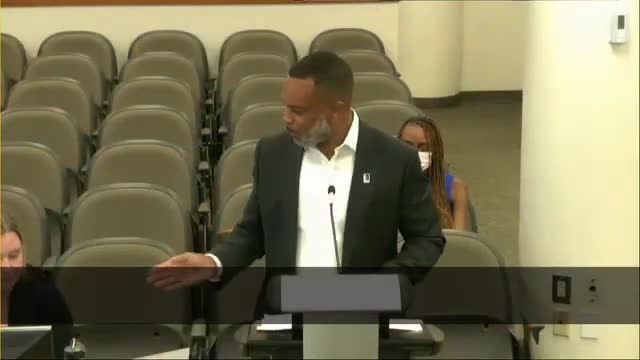Durham Unveils Community Led Vision for Transforming Durham Freeway Corridor
August 21, 2025 | Durham City, Durham County, North Carolina
Thanks to Scribe from Workplace AI , all articles about North Carolina are free for you to enjoy throughout 2025!

This article was created by AI using a video recording of the meeting. It summarizes the key points discussed, but for full details and context, please refer to the video of the full meeting. Link to Full Meeting
The meeting outlined three main topics: the historical context of the freeway, community engagement strategies, and proposed corridor options. The study aims to create a vision for the future of the freeway that prioritizes equity, safety, and community-centered development. The freeway's construction in the 1970s severed connections between neighborhoods, displacing thousands and leaving a lasting impact on the community.
The presentation highlighted the importance of community engagement, emphasizing that feedback from residents shaped the development of potential corridor options. The team introduced a "corridor treatment toolbox" that focuses on five key areas: history and belonging, safety, mobility, sustainability, and equitable land use.
Three corridor options were proposed for consideration:
1. **Boulevard Conversion**: This option would transform the freeway into an urban boulevard, reconnecting neighborhoods and creating space for parks and housing. It aims to reclaim land and improve safety for pedestrians and cyclists.
2. **Freeway Caps**: This approach involves building land bridges over the freeway to create new public spaces and crossings while maintaining the freeway's function for regional traffic. It seeks to enhance community connections and provide green spaces.
3. **Freeway Modernization**: This option retains the freeway but updates its infrastructure to improve traffic flow and safety. However, it does not address the disconnections caused by the freeway's original construction as effectively as the other options.
Community feedback indicated a strong preference for the boulevard conversion and freeway cap options, with concerns about costs and long-term maintenance of elevated structures. The modernization option was viewed as less transformative.
The meeting concluded with a discussion on next steps, including finalizing a vision plan that reflects community values and priorities. The project team aims to complete this plan by the end of the calendar year, pending further discussions with stakeholders, including Durham Next, which will help facilitate future phases of the project.
Overall, the session underscored the city's commitment to addressing past harms and fostering a more connected and equitable future for Durham's communities.
Converted from Durham City Council Work Session August 21, 2025 meeting on August 21, 2025
Link to Full Meeting
Comments
View full meeting
This article is based on a recent meeting—watch the full video and explore the complete transcript for deeper insights into the discussion.
View full meeting
